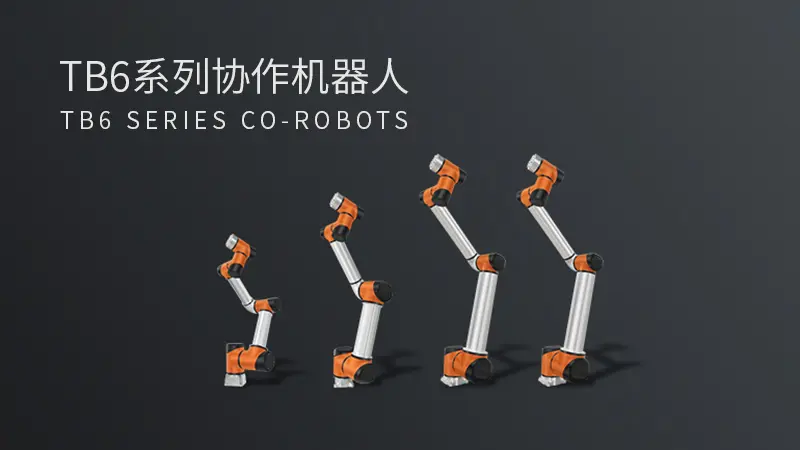8 advantages of co-robots
Date:2021-04-131. Easy to program. Some new collaborative robots are designed to be user-friendly and easy to program, thus eliminating the need for engineers to implement them. Some even have a manual guidance function. The collaborative robot can learn things through examples and guide them in accordance with a series of actions required to complete their programming tasks.
2. Fast installation. The longer it takes to set up automation, the more expensive the initial investment. Staff training, production shutdowns, and the high cost of having to hire external service providers may extend the return on investment time. For small and medium-sized companies, these may cause big problems.
This is taken into account when designing the collaborative robot, and it needs to have out-of-the-box functions. The pre-programmed software allows users to install the robot by themselves, so users can set it up in less than 30 minutes. In addition, the flexibility brought by the short set-up time of collaborative robots improves productivity and return on investment.
3. Flexible deployment. One of the main selling points of collaborative robots is flexibility. Programming collaborative robots for new tasks is simple and does not require external service personnel. This introduces versatility into the production line, and it is easy to set up collaborative robots to perform a series of different tasks on the same day, or specify working dates for certain tasks.
Collaborative robots can be easily integrated into agile systems because they allow users to quickly respond to design changes and reset the collaborative robot accordingly. Collaborative robots on the current market can play many roles, usually service roles and industrial roles. Service-oriented collaborative robots are used to provide information, transport goods or provide security protection in public places. Industrial collaborative robots have a variety of applications, including but not limited to pick and place, packaging and palletizing, assembly, machine maintenance, surface finishing, and quality testing and inspection.
4. Consistency of results. Robots never get tired, so their results are more consistent and accurate than those produced by humans doing the same job. This makes them particularly suitable for monotonous tasks because they can perform simple actions repeatedly without reducing the quality of work. Once set up, the collaborative robot can perform the same task with the same ability.
5. Improve productivity and optimize processes. In the process of cobots taking over human employees, it is difficult for employees to concentrate or maintain performance at a consistent level for a long time, while the accuracy of robots reduces the possibility of malfunctions and product defects to almost zero. Quickly change the tasks to be performed by the collaborative robot, which helps workers optimize the production line and cut costs, while maintaining high standards of product quality.
6. The investment payback period is fast. The cost of collaborative robots is lower than that of industrial robots, and what kind of applications are used and the length of use time, which also determines that collaborative robots can quickly recover investment costs. Because collaborative robots have the advantages of high flexibility, low price, and quick return on investment, usually companies can recover their costs within 3 to 4 months, which has resulted in significant business growth in China, Brazil, India, Mexico and other regions. Provide effective solutions in the enterprise.
7. The comprehensive use cost is low. The collaborative robot is maintenance-free, with a power of only 150 watts, does not require safety fences, and does not require specialized robot programming and maintenance personnel, which greatly reduces the cost of operation during the operation.
8. Collaboration and safety. Collaborative robots can ensure the highest safety. More than 80% of collaborative robots in the world work next to workers without using traditional fences. Collaborative robots can liberate workers from dirty, dangerous, boring and easy-to-injury work.

Previous Article: How are collaborative robots different compared to traditional robots?
Next Article: 2021 co-robots are about to usher in explosive growth